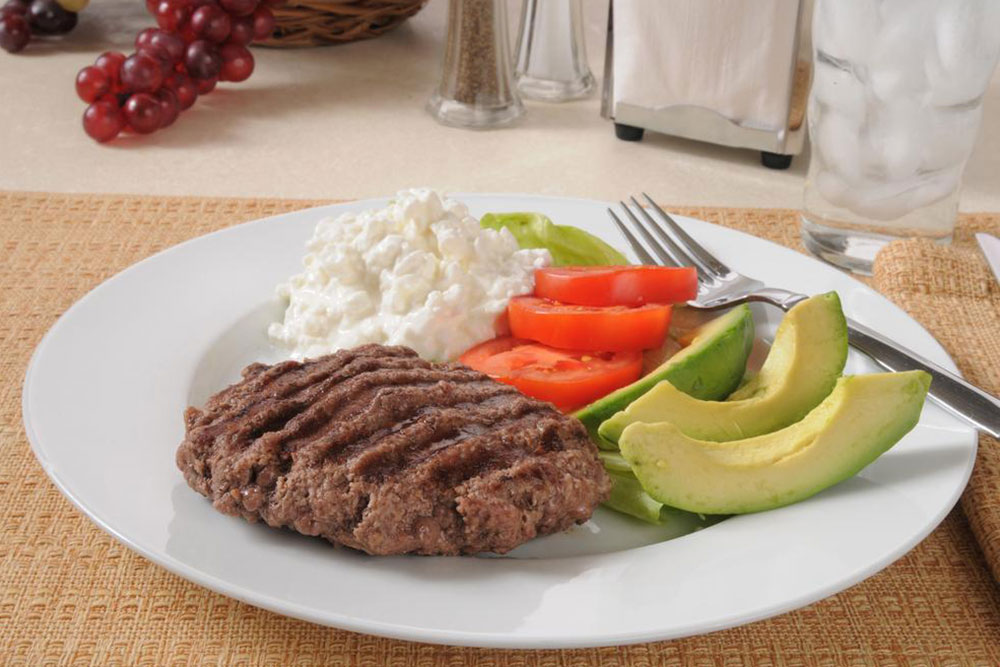Tips to Design the Best Diet for Fibromyalgia
The best diet for fibromyalgia usually contains foods that exclude dietary excitotoxins. They may be present in food additives or preservatives which are used in artificial sweeteners, processed foods as well as canned food. Avoiding these foods in your diet reduces the occurrence of fibromyalgia.
How to choose the best diet for fibromyalgia
To craft the best diet for fibromyalgia, one needs to determine the impact of dietary excitotoxins. Neurons in the brain get excited when one consumes chemicals like dietary excitotoxins, and excessive consumption could prove fatal.
Food additives for making food sweeter or more flavorful are the most common types of dietary excitotoxins.

Here are some tips that will help you design the best diet for fibromyalgia:
Avoid foods with added glutamate: A neurotransmitter, glutamate, is a chemical used by nerve cells to transmit signals to other cells. It is included in some foods as well. Sometimes, it is used to enhance the flavor of food. A common type of glutamate, monosodium glutamate (MSG) is found in some diets, and one should avoid the foods which use this additive at all costs.
Monosodium glutamate is found in ingredients with hydrolyzed protein concentrate, autolyzed, or protein isolate.
Whole foods, not processed foods: When it comes to natural nutrients, whole foods are far better than processed foods like white pasta, white flour, or white rice. Processed foods contain more additives and fewer nutrients.
If you need carbohydrates, then you should have whole grains such as quinoa, whole wheat berries, brown rice, whole wheat berries, sweet or plain potatoes. Avoid rice, bread or pasta.
DASH diet: A dietary approach to stop hypertension or a DASH diet or a Mediterranean diet is quite effective in reducing blood pressure as well as cholesterol levels.
This diet contains a high proportion of fruit, lean proteins, vegetables, whole grains, seeds, nuts, low-fat dairy products as well as legumes. A lot of the components in the DASH diet bring down inflammation in the system.
No cured meats: One should avoid processed meats which have preservatives or salts, as well as those that have been cured or smoked. Thus, canned products like bacon, meat, sausage, ham, hot dogs, corned beef, deli meat, and beef jerky should not be a part of your diet.
When you find meat products like broth added to a turkey breast which comes with a sign that mentions that it has added natural flavors to make it more flavorful, you should avoid it. It is safer to have certain meats, plants, and seafood which naturally contain high levels of monosodium glutamate.
Vitamin D sources: Fibromyalgia patients who have low levels of vitamin D can benefit from supplements. Cold-water fish such as tuna, swordfish, sockeye salmon are rich in vitamin D. One can also have eggs as they are an excellent source of vitamin D.
Cod liver oil has both vitamin D and omega-3 fatty acids. Orange juice and milk also contain Vitamin D. Limited exposure to the sun also increases vitamin D levels in the body.
Magnesium: Supplements with magnesium citrate along with amitriptyline have been shown to reduce the symptoms of fibromyalgia. Legumes, yogurt, bananas, dark chocolate, dark and leafy vegetables, avocado, nuts, and seeds, as well as fatty fish, contain magnesium. Magnesium can curb the excitotoxicity that occurs due to glutamate.
Omega-3 fatty acids: These have been found to lower levels of oxidative stress as well as inflammation. It also improves a patient’s immunity. Oxidative stress occurs due to unstable molecules that cause damage to the cells.
Walnuts, fresh seafood, flax seeds as well as chia seeds are rich sources of omega-3 fatty acids. It is advisable to avoid omega-3 capsules as they have gelatin, which contains aspartate which could activate the nerve cell’s glutamate receptor, possibly resulting in fibromyalgia.
Antioxidants: To counter the impact of dietary excitotoxins, it is essential to include more antioxidants in your diet. You can achieve this by adding fruits and vegetables of various colors to your meals.
So, include food with bright red, yellow, orange, green as well as purple colors in your daily diet to reduce oxidative stress caused by excitotoxins.
Read food labels: Avoid labels with “spice” or “flavorings.” Ensure that the processed ingredients’ list is short, and make sure that the packet mentions all the ingredients. Long lists could hide components that contain glutamate.
Eradicate artificial sweeteners: Keep artificial sweeteners like aspartame, saccharin, acesulfame-k, and sucralose out of your diet. Use a dash of honey if you need to sweeten anything. It is also advisable to avoid high-fructose corn syrup when you are feeling exhausted due to fibromyalgia.

